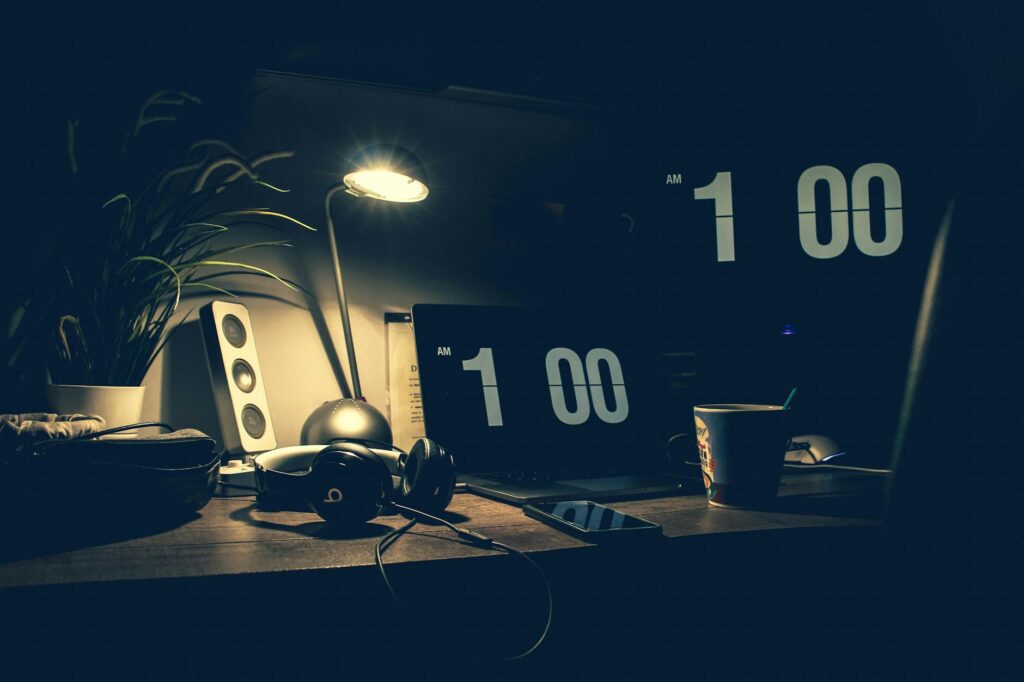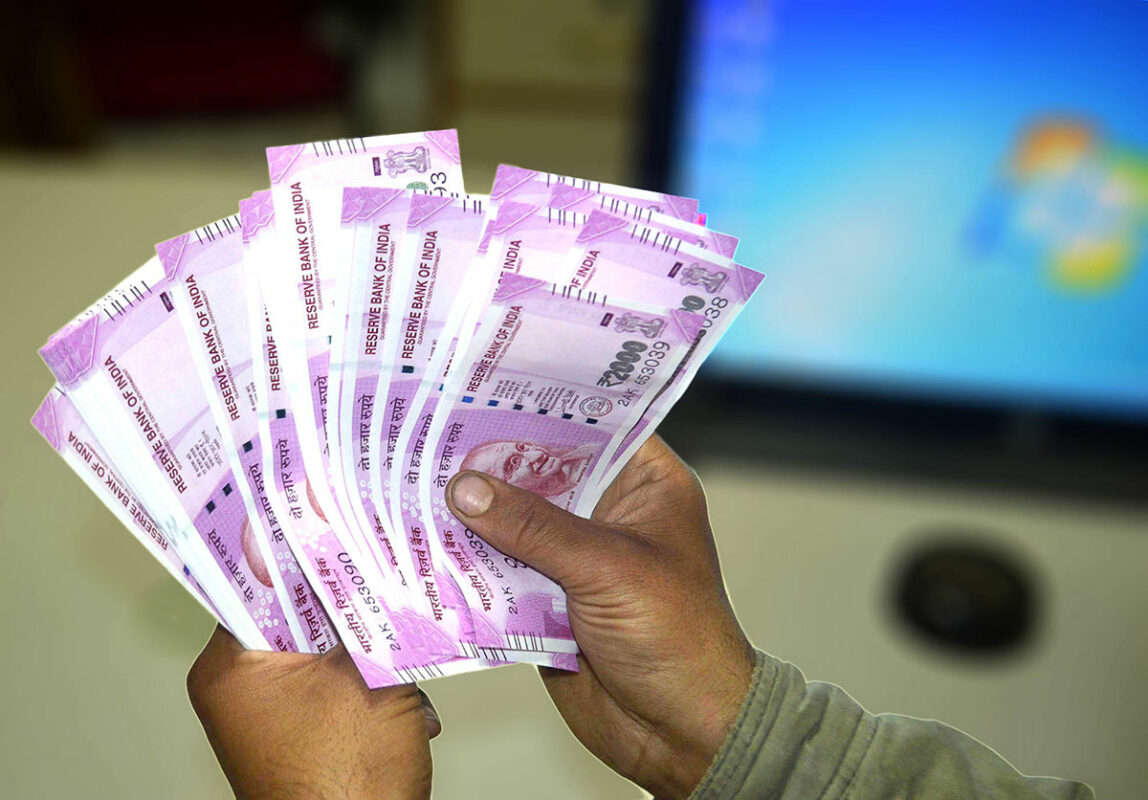Now Reading: Nothing Phone 3 vs Samsung Galaxy S25: Price in India, Features Specifications Compared
-
01
Nothing Phone 3 vs Samsung Galaxy S25: Price in India, Features Specifications Compared
Nothing Phone 3 vs Samsung Galaxy S25: Price in India, Features Specifications Compared

Carl Pei’s technology brand Nothing has been growing over the years and has gradually expanded its smartphone presence in various segments. The company has a variety of smartphones to choose from such as the CMF Phone 1, that is priced as low as 15,999, or the slightly dated Phone 2, which received a permanent price cut in December 2023 and was retailing at Rs. 39,999 (currently out of stock) in India. It’s been a lengthy two-year wait, and Nothing finally announced the Phone 3, which for the first time is placed at the higher end of the premium segment. It bypasses its spiritual predecessor the Phone 2 in terms of pricing and so, it now seems that Nothing is ready to take on the big boys.
Once the phone was announced, it was obvious that comparisons (whether pricing or features) had to be drawn to see where Carl Pei’s newest product stands. While the global scene appears quite different with what is a limited choice of smartphones and brands, things in India always pan out quite differently given the numerous Chinese brands that are sold in our market.
Nothing Phone 3 vs Samsung Galaxy S25 Comparison
Samsung Galaxy S series in India needs no introduction. It’s been a premium staple for years and this year Samsung added its all-new Galaxy S25 Edge to the lineup, which attempts to reignite the thin smartphone trend. With the Nothing Phone 3 priced at Rs. 79,999 for the base variant, it makes perfect sense to compare it with Samsung’s long-standing Galaxy S series smartphone, the Galaxy S25, which is priced similarly. So, let’s take a closer look at what’s different between these two phones.
Nothing Phone 3 vs Samsung Galaxy S25: Price in India
Nothing’s Phone 3 does have an edge when it comes to pricing. The Phone 3 is priced Rs. 79,999 for the 12GB + 256GB variant with the top-end 16GB RAM + 512GB storage model priced at Rs. 89,999. Indeed, the pricing is above and beyond Nothing’s usual price range even for its premium smartphones.
As for Samsung, the Galaxy S25 is priced at Rs. 74,999 for the base 12GB + 128GB variant, while the top end model with 512GB storage is priced at Rs. 92,999.
Nothing Phone 3 vs Samsung Galaxy S25: Design
Starting off with the basics, the Nothing Phone 3 is available in two finishes—White and Black. Samsung’s Galaxy S25 is available in Navy, Ice Blue, Silver Shadow, and Mint. It is also available in some special colours (online only) which are Blue black, Coral red, and Pink gold.
The Nothing Phone 3’s retro-modern design mix is quite unique and follows the typical Nothing philosophy of reflecting what’s inside the phone, but in a subtle way. The oddly placed camera layout first revealed with the Phone 3a Pro, gets even crazier with no camera island or module on the Phone 3. The handset gets individual cameras popping out of the flush and transparent rear glass panel. Their placement is also very random even though there is a certain symmetry to the rear panel’s design. The LED flash is also well concealed in this “abstract art piece”. And the tiny red box glows when a video is being recorded. Of course, such a design is not everyone’s cup of tea, but that does not mean it won’t find takers who are looking for something more than a slab of glass.
And of course, there is the new Glyph Matrix, a smaller, circular display, consisting of 489 individually controllable micro LEDs. According to Nothing, it can be used to display animations, charging status, notifications, time, and more. Nothing’s engineers have also added some widget-like mini tools called Glyph Toys, which have games like Spin the bottle, Glyph Mirror, Magic 8 Ball and more.
![]()
In short, it’s a fun (and distracting) way to view caller ID, battery status (and more) when you don’t want to flip the phone over. The Glyph Matrix is controlled by a button embedded into the rear panel just below. Strangely, the mini games on Glyph Matrix also remind me of the Playdate, a hand-cranked gaming device. The Playdate (by Panic Inc) was also designed by Teenage Engineering.
Samsung’s design is quite the contrast; there’s literally nothing to look at around the back apart from the three rear-facing cameras that have switched from a single camera module to individual floating rings over the past few years. At 162g the Samsung Galaxy S25 is a light and compact flagship. The bigger Galaxy S25+ weighs 190g which is not too heavy either. But both of these are still lighter than the Nothing Phone 3 which weighs 218g. Both phones in this comparison offer an IP68 rating for dust and water resistance.
Nothing Phone 3 vs Samsung Galaxy S25: Display
Nothing’s Phone 3 has a 6.67-inch AMOLED panel with a resolution of 1,260 x 2,800 pixels (460 ppi). Strangely it’s not of the LTPO variety but an LTPS panel, meaning its refresh rate cannot drop to 1Hz when idle to save battery life.
The Galaxy S25’s panel is a smaller 6.15-inch panel due to its compact dimensions. It has a 1,080 x 2,340 pixels (FHD+) (416 ppi) Super AMOLED LTPO panel with a 120Hz refresh rate. Indeed, both panels are impressive, but Samsung’s is more power efficient because of the underlying LTPO technology.
Nothing Phone 3 vs Samsung Galaxy S25: Performance and OS
The Nothing Phone 3 has a Qualcomm Snapdragon 8s Gen 4 SoC, which offers a maximum clock speed of 3.2GHz and is built using the 4nm process. It is a recently launched processor from Qualcomm, but not the flagship chipset currently available. The Nothing Phone 3 runs on Nothing OS, a customised version of Android 15. The interface is very different compared to what you will see on most Android-powered smartphones. It’s tastefully made but falls short when it comes to AI tools and features. Nothing claims that the phone will get 5 years of software updates and 7 years of security patches.
Samsung on the other hand uses the flagship Qualcomm Snapdragon 8 Elite SoC, which offers a maximum clock speed of 4.47GHz (because it’s customised for Samsung). It is the processor of choice for most of the high-end premium Android flagships on sale today. Samsung’s One UI 7 is based on Android 15 and offers a ton of AI tricks using both Google’s AI and Samsung Galaxy AI models. Samsung prides itself on its 7 + 7 years of software and security patches.
Nothing Phone 3 vs Samsung Galaxy S25: Cameras
When you look at their specs on paper, the Nothing Phone 3 does have an edge over the Samsung Galaxy S25. It features a 50-megapixel primary camera with OIS, a 50-megapixel periscope telephoto camera with OIS and 3X optical zoom, and a 50-megapixel ultrawide camera. There is also a 50-megapixel selfie camera on the front.
Samsung has used the exact same camera setup from the Galaxy S23 (2023) in the Galaxy S25 in 2025. This consists of a 50-megapixel (OIS) primary camera, a 10-megapixel (OIS) 3X telephoto camera, and a 12-megapixel ultrawide camera. Selfies are also handled by a 12-megapixel camera, which has PDAF.
![]()
Nothing Phone 3 vs Samsung Galaxy S25: Battery
Nothing Phone 3 has a 5,500mAh battery for the Indian market (5,150mAh for international model). It’s not of the silicon carbon variety like the Chinese manufacturers have currently adopted, but a regular Li-ion cell. Thankfully, the Nothing Phone 3 supports 65W wired charging and 15W wireless charging.
Samsung’s Galaxy S25 and Galaxy S25+ offer 4,000mAh and 4,900mAh batteries respectively. These may seem a bit too low in terms of capacity, but both phones are powered by a very efficient 3nm processor. The Galaxy S25 limits wired charging speeds to a rather slow 25W, while the Galaxy S25+ gets a slightly better 45W wired charging. Both S25 models offer 15W wired charging.
Nothing Phone 3 vs Samsung Galaxy S25: Conclusion
Indeed, many will have conflicting opinions about the Nothing Phone 3’s polarising design. For all you know, the design was meant to evoke such reactions and become a talking point. But there’s no denying that the Nothing Phone 3 looks very different and unique compared to any smartphone below and above this price point.
Once you get past that design there’s plenty of odd hardware choices to look at. But as it currently appears, these choices seem sufficient to deliver a premium smartphone experience, at least on paper.
Samsung’s Galaxy S25 has been the go-to phone for many generations, but little has changed over the years (especially its camera hardware). And so the Phone 3 sure seems like the perfect opportunity for Nothing to get in there and make an impression, whether or not the phone will find buyers at its rather premium launch price.
Samsung Galaxy S25 vs Nothing Phone 3 comparison
Stay Informed With the Latest & Most Important News
-
01IPL auction 2025: Time, date and everything else you need to know I ESPNcricinfo
-
 02ہماچل پردیش میں سیلاب و بادل پھٹنے سے تباہی، کانگڑا میں 5 لاشیں برآمد، 3 افراد کی تلاش جاری
02ہماچل پردیش میں سیلاب و بادل پھٹنے سے تباہی، کانگڑا میں 5 لاشیں برآمد، 3 افراد کی تلاش جاری -
 03Kubera OTT Release Reportedly Revealed: Where to Watch Dhanush Starrer Movie Online?
03Kubera OTT Release Reportedly Revealed: Where to Watch Dhanush Starrer Movie Online? -
 04Committed to ensure secure Amarnath Yatra: LG Sinha
04Committed to ensure secure Amarnath Yatra: LG Sinha -
 05The Three-Hearted Marvel of the Ocean: The Octopus
05The Three-Hearted Marvel of the Ocean: The Octopus -
 06Manasbal dramatics, J&K Cultural Academy pay tribute to Playwright Showkat Shahri on death anniversary
06Manasbal dramatics, J&K Cultural Academy pay tribute to Playwright Showkat Shahri on death anniversary -
 07Chinese Police Detain Dozens of Writers Over Gay Erotic Online Novels
07Chinese Police Detain Dozens of Writers Over Gay Erotic Online Novels


































